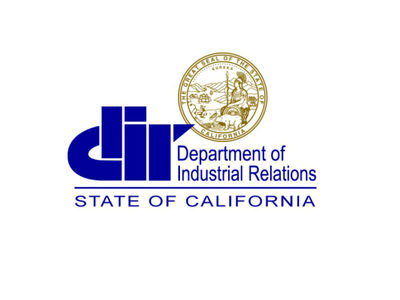The California Labor Code requires that, at a minimum, the prevailing wage, including travel and/or subsistence, be paid to workers employed on public works projects. Prevailing wage rates differ based on the geographic location, the occupation, and when the work was performed. Contractors can be fined if they do not pay the required rates on their project. In most cases, a prevailing wage determination covers an entire county. However, in other cases prevailing wage rates apply to only a portion of a county. These boundaries are less obvious and that is where digital maps would be helpful.
Contractors are required to comply with minimum compensation requirements applicable to their public work projects. When the applicable rate of pay for their project is not readily apparent based on a narrative description of a geographic area in the wage determination, members of the public call or write to our office and staff then consult a physical map.
There is an estimated $20-25 billion in California public works contracts annually and there are hundreds of thousands of workers, tens of thousands of contractors, and thousands of awarding bodies involved in California public works projects. On an average daily basis, our office receives about 10 requests requiring the utilization of maps. To resolve these requests, our staff:
- Refer to physical maps to ascertain the rate of pay based on the worker classification and location of a public works project.
- Communicate the applicable compensation requirements to those involved in public works (awarding bodies, employers, and employees).
- May provide less precise geographic results given the manual process absent a digital solution.
- Have to respond to a variety of individual inquiries which leads to longer wait times for these types of requests. These requests may have to wait behind other prevailing wage requests as we receive requests on a variety of prevailing wage issues.
In the current state, staff are burdened with an overload of inquiries, contractors and employees have difficulty getting necessary wage rate information, and contractors’ inability to retrieve the prevailing wage, travel and/or substance information in a timely manner could result in fines or even the loss of the ability to work on public works projects if caught underpaying their employees. Additionally, without this detail of information, employees cannot easily verify that they are being paid appropriately. This manual work by DIR staff may lead to longer wait times.
